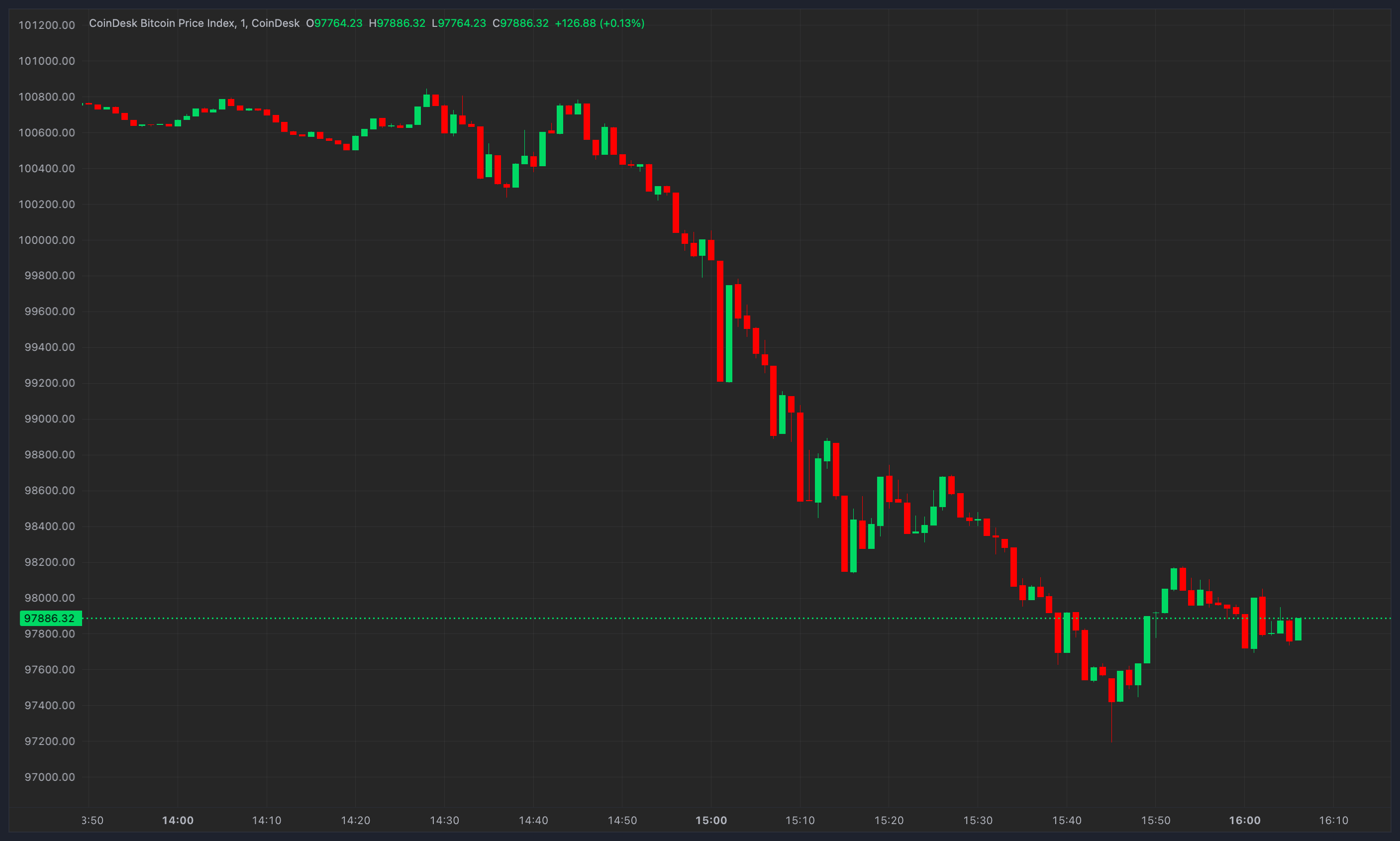There were over 450 Web3 startups in India as of the first half of the calendar year, with over $1.3 billion invested in Web3 since 2020, the report – The India Web3 Startup Landscape: An Emerging Technology Leadership Frontier – showed.
Web3 leverages peer-to-peer connect and decentralized infrastructure to deliver the use cases that have generally been centrally controlled, with opaque execution, in Web2.
“One-third of these startups have come up in the past year alone, and several of them have a B2B model. A lot of them are also working on areas outside cryptocurrency like DeFi (decentralised finance) and entertainment,” said Achyuta Ghosh, senior director and head- insights, Nasscom.
While the global response to Web3 is still evolving, India’s economic, demographic, and technology adoption factors position it well to become a high-growth Web3 market, it said.
Web3 startups in India have grown about six times since 2015.
Discover the stories of your interest

While 82% of these startups were in tier I towns, the tier II ecosystem was rapidly growing across various Web3 applications, according to the report.
Indian Web3 startups are working on creating varied Web2 solutions across major application areas like finance, decentralised communities, entertainment and infrastructure and not only on cryptocurrency.
Most people perceive and associate Web3 with cryptocurrency alone, and that needs to be addressed, Ghosh said.
“It’s important to adopt the technology to other use cases to bring about a mind-shift change,” he said.
It was important for both the government and private enterprises to create and popularise low risk use cases that will help Web3 technologies gain more widespread acceptance in the near term, he added.
“The focus should be more on the use cases rather than the technology initially,” he said, adding that it was also important to embrace a slightly risk-based regulatory approach.
The report said that most Indian Web3 startups had shifted their headquarters out of the country on account of regulatory uncertainty, and this needed to be addressed to boost the local ecosystem.
Read More: economictimes.indiatimes.com









 Bitcoin
Bitcoin  Ethereum
Ethereum  Tether
Tether  XRP
XRP  Solana
Solana  Dogecoin
Dogecoin  USDC
USDC  Cardano
Cardano  Lido Staked Ether
Lido Staked Ether  TRON
TRON  Avalanche
Avalanche  Sui
Sui  Wrapped stETH
Wrapped stETH  Chainlink
Chainlink  Toncoin
Toncoin  Stellar
Stellar  Shiba Inu
Shiba Inu  Wrapped Bitcoin
Wrapped Bitcoin  Hedera
Hedera  Polkadot
Polkadot  WETH
WETH  Bitcoin Cash
Bitcoin Cash  LEO Token
LEO Token  Uniswap
Uniswap  Litecoin
Litecoin  Pepe
Pepe  Hyperliquid
Hyperliquid  Wrapped eETH
Wrapped eETH  NEAR Protocol
NEAR Protocol  Ethena USDe
Ethena USDe  USDS
USDS  Aptos
Aptos  Internet Computer
Internet Computer  Aave
Aave  Mantle
Mantle  Render
Render  Cronos
Cronos  POL (ex-MATIC)
POL (ex-MATIC)  Bittensor
Bittensor  Ethereum Classic
Ethereum Classic  MANTRA
MANTRA  WhiteBIT Coin
WhiteBIT Coin  Virtuals Protocol
Virtuals Protocol  Artificial Superintelligence Alliance
Artificial Superintelligence Alliance  Tokenize Xchange
Tokenize Xchange  Monero
Monero  Dai
Dai